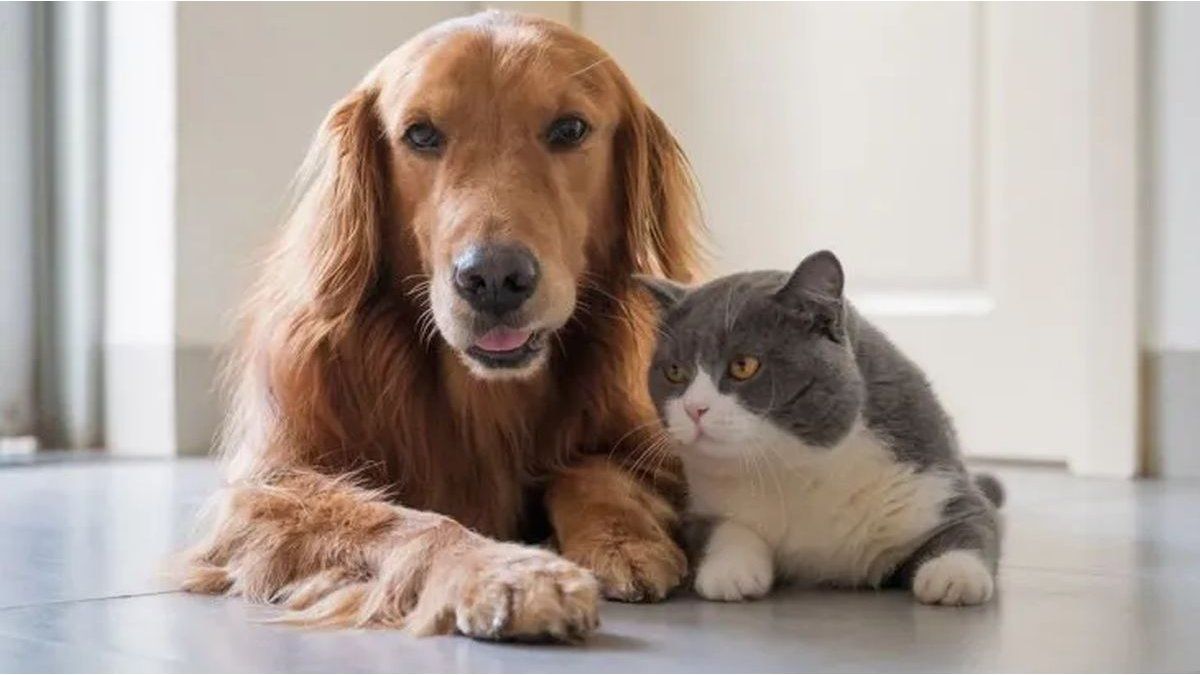Learn expert advice on how to prevent stress in your pets when they are home alone.
In everyday life, where work obligations and travel are unavoidable, many pet owners are faced with constant concern for the well-being of their beloved companions. Both dogs and cats demand continuous attention to maintain their health and emotional balance. The crucial question thus arises: How long can we leave these pets alone at home without them becoming stressed?
The content you want to access is exclusive for subscribers.
This question poses a significant challenge for owners, who are looking for ways to ensure proper care for their animals even during extended absences.


persian cat.jpg

How long can I leave my cat alone?
Although cats are known for their independence, they also require regular attention and care. According to experts, cats can be left alone for 24 to 48 hours without facing serious problems. Despite their reputation, Cats need human interaction to prevent problems such as boredom, anxiety and loneliness. These problems may manifest in unusual behaviors such as excessive meowing, eliminating outside the litter box, or frequent hiding places.
It is recommended that before leaving home, it is crucial to ensure that all of your cat’s essential needs are met. This involves ensuring that they have a clean litter box, sufficient food and water, and maintaining their regular feeding routine.
In addition, it is essential to provide them with mental stimulation through appropriate toys, scratching posts and environments that encourage active exploration. It is essential to keep in mind that each cat may have different needs. Kittens under one year old and newly adopted cats require constant attention and should not be left alone for long periods. In addition, cats with health problems need special care and continuous monitoring.
puppy puppis_1200.jpg

Puppis
How long can I leave my dog alone?
According to specialists, the time you can leave your dog alone varies depending on its age and health status:
- Puppies: You should gradually get them used to being alone for a maximum of two hours.
- Dogs over 18 months: You shouldn’t leave them alone for more than four to six hours.
- Adult dogs: The limit is up to ten hours, considering that they must relieve themselves every six hours.
- Senior or elderly dogs: They can spend between two and six hours alone, depending on their health and stress level.
There are different activities and recommendations to maintain your dog’s emotional well-being and prevent it from becoming stressed. Applying these practices will make separation more bearable for your pet and will reduce the possibility of it developing unwanted behaviors, such as barking or biting furniture, due to the frustration of being alone for long periods.
- Dog’s Toys: Before you leave, make sure to leave him his favorite toys, such as the ‘kong’, designed to keep him entertained by trying to get prizes that you can place inside, such as cookies or cream.
- Spacious environment: It is essential that your dog does not feel confined. Provide access to natural light, an open window if possible, and ideally leave the door to the balcony open so that he can move around comfortably.
- Sound environment: To mitigate separation stress, leave the radio or television on at a moderate volume. Background noise can make your pet feel accompanied and distract them from outside noises that might make them nervous.
- Food and water: Make sure your pet has access to fresh water and enough food for the entire day. If your pet follows a specific feeding routine, try not to let your time away from home disrupt their regular meal schedule.
Source: Ambito
I am an author and journalist who has worked in the entertainment industry for over a decade. I currently work as a news editor at a major news website, and my focus is on covering the latest trends in entertainment. I also write occasional pieces for other outlets, and have authored two books about the entertainment industry.




